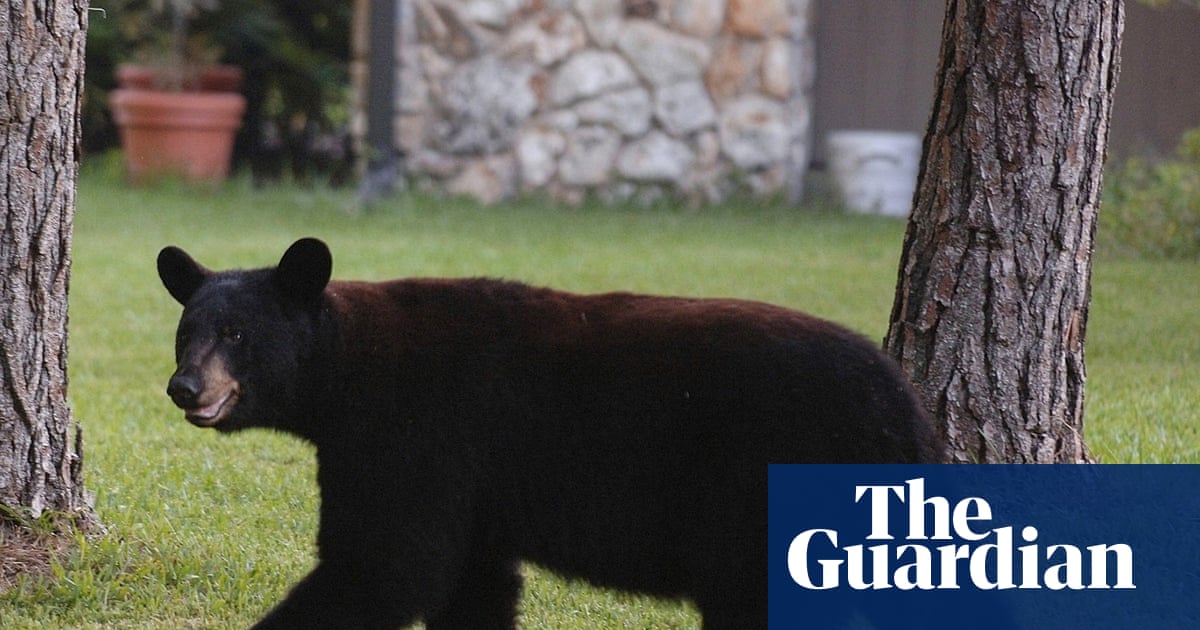Wildlife officials inFloridaare investigating what is believed to be the first fatal mauling of a human by a bear in the state.
The body of the black bear suspected in the death of 89-year-old Robert Markel was removed from woodland near the unincorporated community of Jerome, close to Florida’s Big Cypress wildlife management area, on Monday night, accordingto the Naples Daily News.
Rangers were called to the area shortly after 7.15am on Monday when Markel’s daughter reported that she witnessed a bear killing his dog, said George Reynaud, spokesperson for theFloridafish and wildlife conservation commission (FWC), at a press conference on Monday.
He said Markel’s body was found “a couple of hundred yards away” from the dog. “We do know it was a bear attack. We don’t know if it was the same bear or multiple bears,” he said.
Reynaud said that rangers had set traps in the woodland during the day on Monday, and a search team of about 10 was searching the area on foot, as well as using drones. He warned the public to stay away from the area.
“Lethal force is a last resort but we are armed to address that,” another FWC spokesperson, Tyler Matthews, told the press conference.
The commission has recorded43 human-bear encountersin Florida dating back to 2006, excluding vehicle strikes, and almost all of them also involving a dog. Markel’s death would be the first fatality in the state attributed to a bear mauling, if that was found to be his cause of death.
Matthews told the Naples Daily News that the carcass of the bear in Monday’s incident was being transported to Gainesville for a necropsy. The Guardian has contacted FWC for further comment.
The only other recorded encounter in Florida this year between a bear and human was in Marion, in the state’s north-east region, in February, involving an adult female and her cub.
Florida has more than 4,000 black bears, with a sizable population in south-west Florida, and in and around the Big Cypress natural area.
Once a threatened species, with only 300-500 statewide in the 1970s because of habitat loss and unregulated hunting, black bear numbers haverebounded in recent years.
Hunting was banned in 1994, but the Florida legislature authorized a limited hunt in 2015, and FWC has proposed issuing permits for the hunting of another 187 bears later this year. The move sparked a backlash from wildlife advocates and apetition with more than 31,000 signatures.
In June of last year, Florida’s Republican governor, Ron DeSantis, signed a billloosening protections for black bears. Legislators approved the measure after hearing a state congressman, Jason Shoaf, insist without evidence thatblack bears high on crack cocainewere breaking into people’s homes and destroying property.
